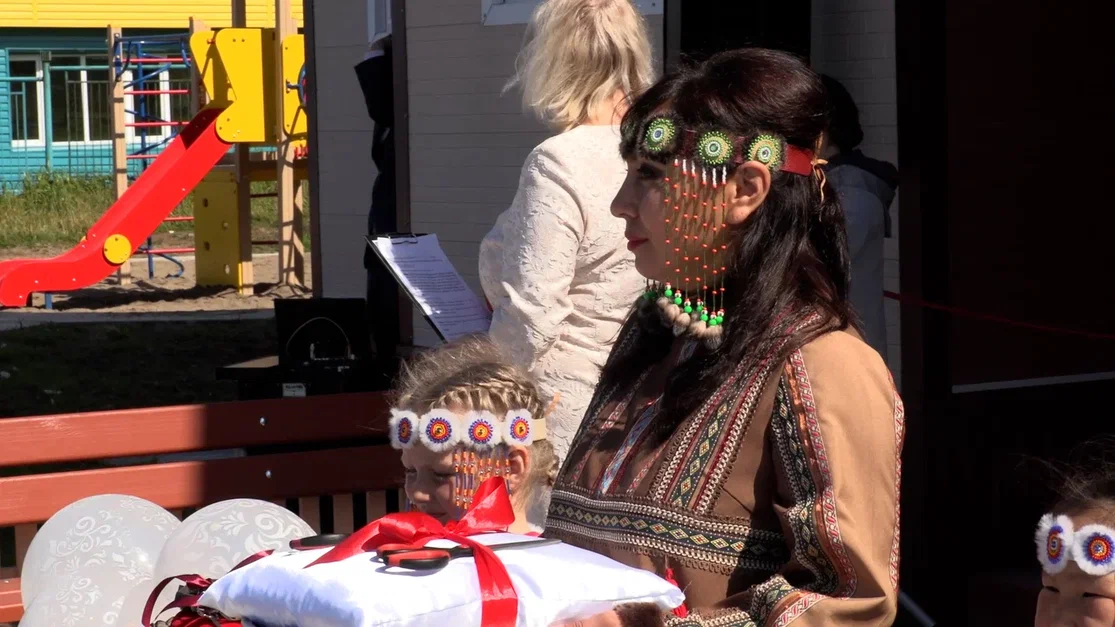|
|
Dr. Danilova
Research Fellow, Arctic Research Center, Museum of Anthropology and Ethnography, Russian Academy of Sciences
|
The Aleuts. Spiritual Culture: Mythologies, Traditional Beliefs, Holidays, and Rituals
In the mythological worldview of the Aleuts, “east” and “up/top” were the sacred directions associated with the creator Agugukh. At dawn, Aleut men would go up on the roofs of their houses and face east to greet the day and “take a sip of the light,” as they would call it. The Aleuts were not afraid of water and worshipped it, considering it the source of life. Prior to any important task, they would always plunge into the ocean.
The traditional worldview of the Aleuts is characterized by animism, that is, the belief in the existence of good and evil spirits that control natural phenomena and influence human life. The Aleuts revered the master spirits of the earth, water, and animals, as well as the spirits of the ancestors and family protector spirits, whose various images made of stone, bone, wood, and bird skins were passed down from generation to generation. Offerings were made to all these various beings. The “hunting” magic was widespread, which consisted of rituals for summoning animals, special hunting taboos, and wearing amulets that protected the owner and brought good luck during the hunting season.
The whale occupied a special place in the life of the Aleuts. The ribs and the skull of this animal are found at ancient burial sites. Sometimes the Aleutian graves had the skull of the deceased placed between two whale ribs. According to the Aleuts, man departed to the land of the dead along with the beast, so that, he could return back to earth and be born again. Birds held special significance in religious beliefs as well. Bird skins were considered the embodiment of family spirits. During hunting rituals of summoning animals, feathers, bones, and images of birds played an important role. Bone bird figurines were often attached to boats and hunting caps.
The shaman served as an intermediary between the man and the spirits. His functions included healing and providing assistance in hunting. According to the Aleuts, the shaman, helped by the spirits, could influence the weather and create favorable hunting conditions. Like among some peoples of Siberia, the shamanic attire resembled and symbolized a bird.
The Aleuts mummified their dead: the internal organs were surgically removed and the resulting cavity was filled with grass. They then placed the body in a stream of cold water, which would wash away the fat, leaving skin and muscle. The mummy was buried in a dry place in a sitting position, wrapped in several layers of waterproof skins. Family burial sites were located in small depressions among rocks or in caves. The tools, weapons, dishes, ritual masks, and personal amulets of the deceased were placed in the grave. The noble Aleuts were buried in grottoes or hung between two pillars in baskets. The important burial ceremonies were often accompanied by the sacrificing of slaves.
If a shaman or an upper-class Aleut died, wooden funeral masks were placed with the deceased. Some Aleut masks symbolizing the spirits of the shaman represent magical creatures, while others depicted human faces.
At the end of the 18th century, the Aleuts were converted to Orthodox Christianity and experienced a strong influence of the Russian culture. The perception and preservation of Orthodoxy were facilitated by the translation of the main religious texts into the Aleut language. In addition, the tolerant attitude of the Russian officials toward the traditional Aleut culture and the choosing and training of missionaries from among the native population was of great importance.
Currently, the Aleuts are Orthodox Christians, but they still retain some features of their earlier religious beliefs. This resulted in a kind of syncretism, and the emergence of the “Aleut Church,” or “Aleut Faith” has taken place.
Among the traditional calendar holidays of the Aleuts, the main one was the winter solstice holiday. It included dancing, dramatic reenactment of hunting and mythological scenes, and a distribution of gifts. The rituals and celebrations preceding the hunting season were meant to ensure success in the upcoming hunting season and were accompanied by a pantomime and dancing to songs and a tambourine beat. The performers wore special headdresses and wooden masks depicting heroes, protector spirits, and animals. The ritual headdresses symbolized a bird. In order to oversee the holidays, the ceremonial masters were elected from among the respected members, whom everyone was to obey unquestioningly. The participants sat around with women on one side and men on the other. Aleuts also held singing and dancing competitions at these festivals.
The dances reproduced hunting scenes or were myth-related performances. The ancient Aleutian dances lasted 3-4 hours to the accompaniment of drums and tambourines and were performed by three to five old men dressed in costumes made of seal skins. One of the men would start off by singing and playing the tambourine, and the women would then join in and dance. The subjects of the dances were historical events, an attack on the enemy, a peace treaty, a celebration of a victory as well as scenes of hunting sea animals and birds. Since the 20th century, the culture of the Commander Aleuts has also included dances and songs of the Russian settlers. At the same time, the Medny Island community, a less ethnically diverse population, has preserved the originality of the native performing arts.
Currently, the main holidays of the Commander Aleuts are Kamchatka Fisherman's Day (celebrated in early July) and Aboriginal Day (celebrated in late summer - early autumn, at the end of the fishing season). The Fishermen's Day has been celebrated since December 22, 2006. The main event of the holiday is Aleutian (island) cuisine consisting of seal meat, fish pies, local berries, and mushrooms.
























































